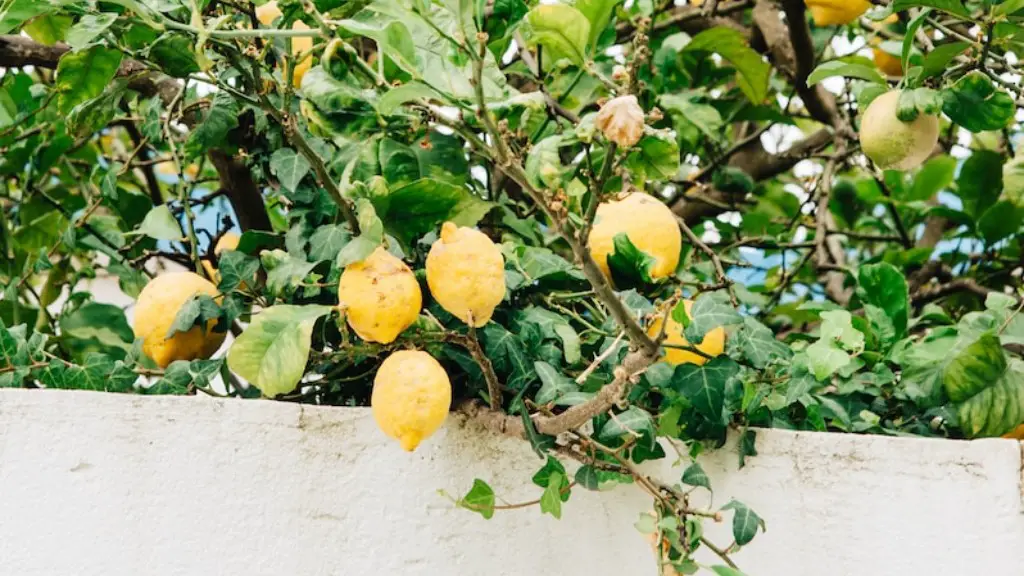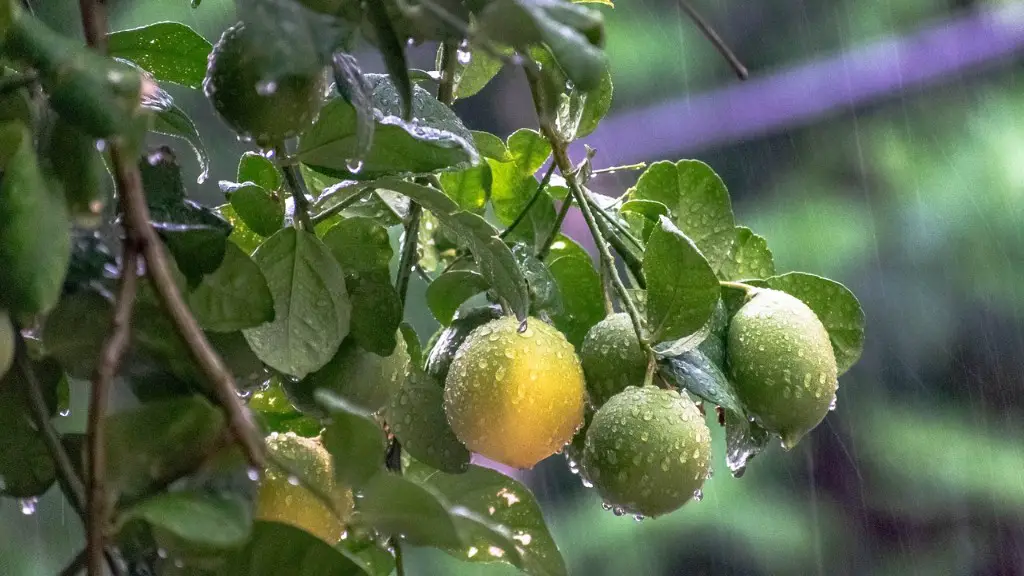Lemons are a favorite type of citrus fruit, so you will want your lemon tree to produce plenty of lemons. The key to getting your lemon tree to grow a bumper crop is to care for it properly. Here are some steps to take to ensure that your tree produces as many lemons as it can.
1. Ensure that you give your lemon tree enough water. In general, citrus trees require at least 1 inch of water each week, either from rainfall or irrigation. If your region experiences drought, you may need to water your tree more often. Additionally, consider using a layer of mulch around your tree to reduce the evaporation of water and help keep the soil moist.
2. Fertilize your trees about once a month. This will help your tree get the nutrients it needs to grow and bear fruit. Moreover, you should prune your tree in the early spring, removing any branches that appear to be dead or dying.
3. Plant your tree in an area which will receive at least eight hours of sunshine each day. Citrus trees need lots of sunshine to thrive. Additionally, choose a variety of lemon tree which is suited to your climate and soil type.
4. Create a regular pest-control program. Citrus trees are prone to attack by pests such as aphids and scale. Introduce beneficial insects such as ladybugs and lacewings, which like to feed on aphids; or use chemical methods to control more serious pests and diseases. Finally, ensure that you quickly remove any fallen fruit off the ground, as fruit-sucking pests can get attracted to it.
5. If your lemon tree fails to produce fruit, you may need to consider pollination. Most lemon trees require cross-pollination with another citrus tree, so look for an appropriate variety of lemon tree which will work with yours. Alternatively, you may have better success with hand pollination if you can reach the flowers.
Keeping Your Lemon Tree Healthy
In order to get the highest yields of lemons from your lemon tree, you need to acquire regular maintenance. This involves inspecting your tree for signs of disease or pests, and having a preventative care program for these. Additionally, it is important to prune your tree regularly to maintain its shape and size; and fertilize your tree with a balanced fertilizer at least once a month. Also, ensure that your tree is receiving the right amount of sunlight and water.
Disease Prevention
Keeping your lemon tree healthy is important to protect it from disease. To this end, you need to inspect your tree regularly for signs of disease, such as blotchy or discolored leaves, yellowing or wilting leaves and sticky substances on leaves or fruit. Furthermore, you must remove any fallen fruit or leaves as soon as possible, as this can attract pests which may spread disease. If you notice any signs of disease, you can use a copper-based fungicide to treat it.
Pest Prevention
Pests are a major cause of concern when it comes to lemon trees. Some common pests that affect citrus trees include aphids, mealybugs, scale insects and spider mites. In order to prevent pest infestations, you should introduce beneficial insects such as ladybugs or lacewings; use insecticidal soaps and insecticides to remove any existing pests; reduce water stress on the tree, as this can make it more prone to attack; and use proper pruning techniques to eliminate places where pests may hide.
Fertilization and Pruning
Fertilization and pruning play a major role in the growth and overall health of a lemon tree. You should use a balanced fertilizer with a ratio of nitrogen, phosphorus and potassium every month or so, as this will help your tree to get the nutrients it requires. Additionally, you should prune your tree in the early spring months, removing any dead or diseased branches. Be sure to use the right pruning techniques; never cut more than a third of the tree when pruning.
Harvesting and Selection
Once your lemon tree has matured and produces lemons, you will need to determine when to harvest them. When harvesting, you should use scissor-style pruning shears to cut the stem away, leaving a small portion of the stem on the lemon. Additionally, you should check each lemon for signs of insects or disease before harvesting. Each lemon should be large, at least 2.5 inches in diameter, and make sure to remove the entire fruit.


